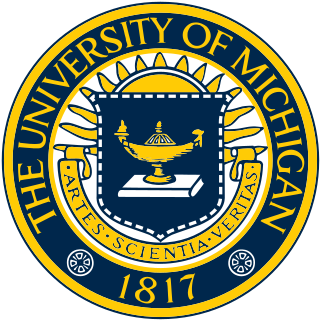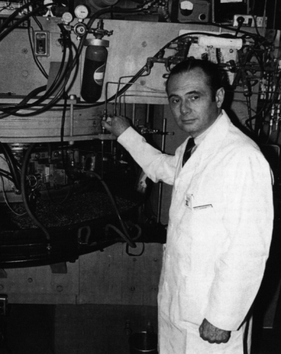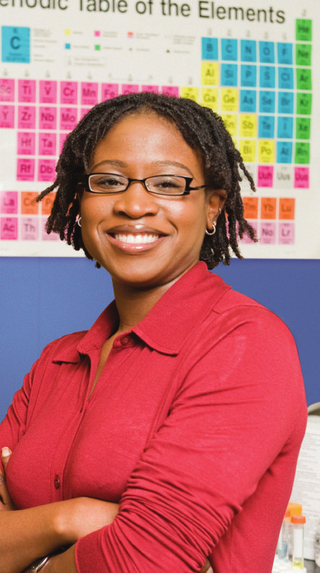Medical physics deals with the application of the concepts and methods of physics to the prevention, diagnosis and treatment of human diseases with a specific goal of improving human health and well-being. Since 2008, medical physics has been included as a health profession according to International Standard Classification of Occupation of the International Labour Organization.

Health physics, also referred to as the science of radiation protection, is the profession devoted to protecting people and their environment from potential radiation hazards, while making it possible to enjoy the beneficial uses of radiation. Health physicists normally require a four-year bachelor’s degree and qualifying experience that demonstrates a professional knowledge of the theory and application of radiation protection principles and closely related sciences. Health physicists principally work at facilities where radionuclides or other sources of ionizing radiation are used or produced; these include research, industry, education, medical facilities, nuclear power, military, environmental protection, enforcement of government regulations, and decontamination and decommissioning—the combination of education and experience for health physicists depends on the specific field in which the health physicist is engaged.

The University of Michigan College of Engineering, branded as Michigan Engineering, is the engineering college of the University of Michigan, a public research university in Ann Arbor, Michigan. Michigan Engineering has an enrollment of 7,133 undergraduate and 3,537 graduate students.

Michel Matthew Ter-Pogossian was an American medical physicist. He was professor of radiology at the Washington University School of Medicine for over 30 years. A pioneer in nuclear medicine, he is best known for his research on the positron emission tomography (PET). He is considered one of its creators and often referred to as the "father of PET."
The Australasian College of Physical Scientists and Engineers in Medicine (ACPSEM) is a professional organisation for medical physicists, biomedical engineers and allied professionals in Australia and New Zealand. The ACPSEM was first incorporated in 1977 as the Australasian College of Physical Scientists in Medicine. The college was formed from the earlier Australian Regional Group of the Hospital Physicists Association (UK), Biophysics Group of the Australian Institute of Physics and New Zealand Medical Physics and Biomedical Engineering Association. The college was admitted to membership of the International Organization for Medical Physics in 1986.

James Johnson Duderstadt was the President of the University of Michigan from 1988 to 1996.
Xie George Xu was the Edward E. Hood Chair Professor of Engineering at Rensselaer Polytechnic Institute (RPI), Troy, New York, United States, before he relocated in 2020 to China and joined the faculty of the University of Science and Technology of China.

John M. "Jack" Carpenter was an American nuclear engineer known as the originator of the technique for utilizing accelerator-induced intense pulses of neutrons for research and developing the first spallation slow neutron source based on a proton synchrotron, the Intense Pulsed Neutron Source (IPNS). He died on 10 March 2020.
Eileen Gail de Planque was an American nuclear physicist. An expert on environmental radiation measurements, she was the first woman and first health physicist to become a commissioner at the US government's Nuclear Regulatory Commission (NRC). Her technical areas of expertise included environmental radiation, nuclear facility monitoring, personnel dosimetry, radiation shielding, radiation transport, and solid state dosimetry.
Ronald M. Gilgenbach is the Chair of the Nuclear Engineering and Radiological Sciences Department at the University of Michigan. His career is in the field of Plasma Physics, including some of the earliest tokamak plasma research in the United States. Gilgenbach has been at the University of Michigan since 1980 and has held his Chair position since 2010. He is also the lead faculty of the Plasma, Pulsed Power, and Microwave Laboratory at the University of Michigan.
Douglas C. Noll is an American bioengineer currently the Ann and Robert H. Lurie Professor of Bioengineering at University of Michigan, where he also is professor of radiology and co-director of the Functional MRI Laboratory.

Roderic Ivan Pettigrew is an American physicist, engineer, and physician who is CEO of EnHealth and Executive Dean for EnMed at Texas A&M University. From 2002-November 2017, he was the founding director of the National Institute of Biomedical Imaging and Bioengineering (NIBIB) at the National Institutes of Health (NIH). He is a pioneer and world expert in cardiovascular magnetic resonance imaging (MRI).

Omolola (Lola) Eniola-Adefeso is a Nigerian-American chemical engineer and the University Diversity and Social Transformation Professor of Chemical Engineering, Biomedical Engineering, and Macromolecular Science and Engineering at the University of Michigan. Eniola-Adefeso is also a co-founder and chief scientific officer of Asalyxa Bio. Her research looks to design biocompatible functional particles for targeted drug delivery.
Ciara Sivels is an American nuclear engineer at the Johns Hopkins University Applied Physics Laboratory. She was the first black woman to earn a Ph.D. in nuclear engineering from the University of Michigan. She was named an IF/THEN Ambassador in 2019 by the American Association for the Advancement of Science.
Emily Mower Provost is a professor of computer science at the University of Michigan. She directs the Computational Human-Centered Artificial Intelligence (CHAI) Laboratory.
Kristy Brock is a professor in the Department of Imaging Physics, Division of Diagnostic Imaging and is an adjunct professor in the Department of Radiation Physics, Division of Radiation Oncology at the University of Texas MD Anderson Cancer Center, Houston.
Caridad Borrás is a Spanish medical physicist. Her career started in 1964 at the Santa Creu i Sant Pau Hospital in Barcelona. From 1988 to 2000, she was Regional Advisor of the Radiological Health Program and, from 2000 to 2002, Coordinator of Essential Drugs and Technology at the Pan American Health Organization in Washington D.C.

Reshma Jagsi is an American Radiation oncologist. She is the Lawrence W. Davis Professor and Chair in the Department of Radiation Oncology and Senior Faculty Fellow in the Center for Ethics at Emory University. Overall, she is the author of over 450 published articles in peer-reviewed medical journals and continues scholarly research in three primary areas of interest: breast cancer, bioethics, and gender equity, with the support of grants from the National Institutes of Health (NIH), the Doris Duke Charitable Foundation, and the Susan G. Komen Foundation, for which she serves as a Senior Scholar.
Lori Jo Pierce is an American radiation oncologist and 57th President of the American Society of Clinical Oncology. She is a Full Professor and Vice Provost for Academic and Faculty Affairs at the University of Michigan. Her research focuses on the use of radiotherapy in the multi-modality treatment of breast cancer, with emphasis on intensity modulated radiotherapy in node positive breast cancer, the use of radiosensitizing agents, and the outcomes of women treated with radiation for breast cancer who are carriers of a BRCA1/2 breast cancer susceptibility gene.
Carolyn C. Kuranz is an American plasma physicist whose research involves the use of high-powered lasers at the National Ignition Facility both to help develop inertial confinement fusion and to study how matter behaves in conditions similar to those in shock waves in astrophysics. She is an associate professor at the University of Michigan, in the Department of Nuclear Engineering and Radiological Sciences.







